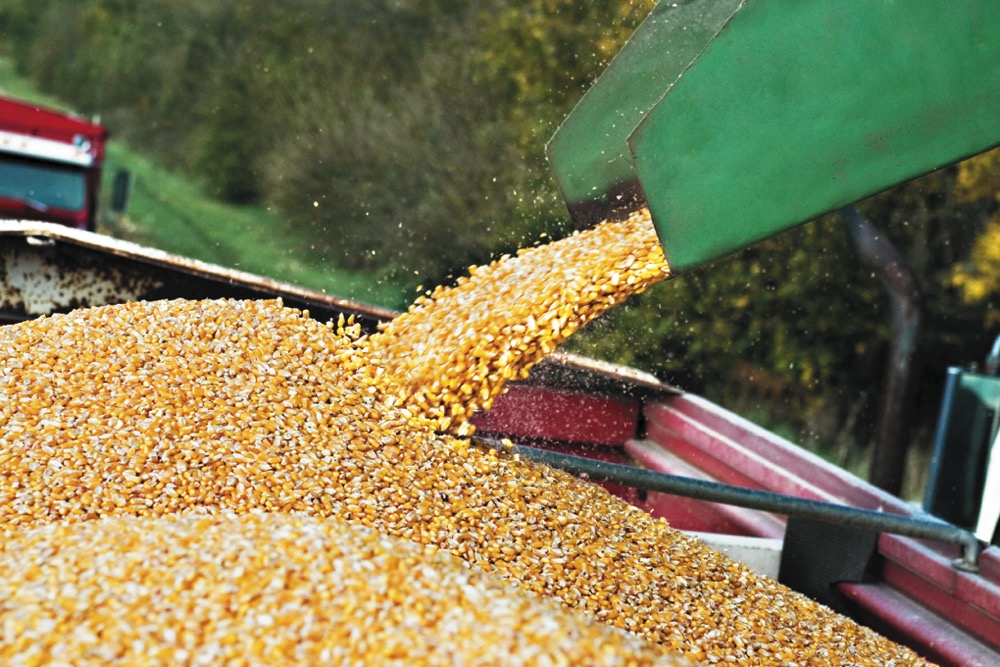Neil Blue cut his grain-marketing teeth as a farmer in the bad ol’ ’80s. He had no choice. It was either that or rack up loss after loss.
“Now the second and sometimes the third generation of farmers are learning about these things,” says Blue, today a marketing analyst with Alberta Agriculture and Forestry. “Some of them are coming out to courses, too. Some of the parents are sending them to courses.”
It’s a good start, Blue says. But it takes more than education. You also have to figure out for yourself whether you’re doing a great job at sales, or merely good.
Read Also

Agronomists share tips for evaluating new crop products and tech: Pt. 3
With new products, new production practices and new technology converging on the agriculture industry at a frenetic pace in recent…
It isn’t as simple as you might wish, but here are five steps that will help.
#1: Can you rein in your ego?
To start, avoid getting caught up in the daily market swings, Blue advises. Yes, you need to follow the markets, but you don’t need to track them as closely as traders.
It’s advice to heed as you improve. Moving to the next level introduces a new set of hazards.
First is trying to hit home runs, making every sale at the very top. Instead, Blue recommends hitting more singles, even if it doesn’t always give you bragging rights.
If you crave the big thrill, you can still have it both ways by only trying to catch the highs with a small portion of the crop. Just make sure you’ve already covered your costs before you swing.
Blue also suggests metering out sales throughout the year to manage risk. But remember, he adds, “It’s generally better to price into a rising market than to try to hit the price highs.”
#2: Do you Have a plan?
“Flexibility is required because things can arise — and they generally do arise — that catch you off guard,” says Blue.
Be prepared by having not only a Plan A, but also a Plan B to switch to if conditions change.
A solid marketing plan requires numbers. Blue recommends knowing break-evens per unit of production to set price targets. You can also use break-evens per acre, but Blue says using units of production allow the calculation to change with yield.
Also identify your cash flow needs and how to use strategies including cash advance programs to ensure you are forced to sell at poor prices to make a payment.
Importantly, written marketing plans will ultimately help you evaluate your marketing year. You can see whether you hit your price targets, says Blue, and you can evaluate whether other marketing tools might have made a difference.
While many farmers consider a one-year marketing season, it could easily be an 18- to 24-month period once you factor in planning, Blue says.
#3: Do you Know the Big numbers?
On the fundamental side, knowing which supply-and-demand factors are at play is helpful, says Blue. Farmers can subscribe to a marketing service or find the information themselves.
But it takes time. You might need to set aside five hours a week to study markets, he says. And that’s a year-round job, not just while selling the crop.
And farmers can’t ignore the technical side entirely, either.
“It’s easier to understand how it works than to use it,” Blue agrees. Even so, the more basic ideas are the most important ones for farmers to wrap their heads around. Trend lines, support and resistance are probably the most watched and most important signals, he adds.
#4: Do you get good advice?
Some farmers enjoy marketing. Others would rather just focus on the production side. For those who don’t enjoy studying markets, hiring marketing services can help, says Blue. Even farmers who like following the markets might subscribe to a marketing service or seek professional advice.
But how do you know if you’re getting good advice?
Farmers still need to follow the markets enough to know whether a consultant’s advice is good, says Blue. You need to know what your alternatives are, and to ask informed questions.
But no one actually knows what’s going to happen in the markets, says Blue. This makes measuring the value of marketing services, or one’s own performance, difficult on a one-year basis. A three- to five-year period is a better indicator of how things are going.
#5: Do you pay attention to the fine points?
Some farm marketers could stand to improve their awareness of pricing and delivery alternatives. Many still only price check with traditional market outlets such as large grain companies and crushers, Blue says. He recommends using a cash grain broker, even if it’s only to shop around and gather advice on what’s happening in the market.
Savvy marketers also track basis separately from cash and futures prices, says Blue. “Basis gives some important signals on change in demand or relative to how the futures prices move, and what the buyers are thinking or reacting to in terms of price.”
Another signal to watch is carry in the futures market. Carry refers to the price difference between contracts for different delivery months. If the price is going up from one month to the next, that’s positive carry.
“When there’s strong carry in the market, it’s a signal that the market is fairly well supplied in the nearby,” says Blue. But when there’s not much carry in the market, it’s a sign of strong nearby demand. Using such signals can help you react to opportunities as they come along, Blue explains.
Farmers will probably never be price-makers. And grain and livestock will keep swinging from high to low and back again.
But the good news is today’s farmers are more skilled at riding out that volatility than ever before. And maybe that first idea isn’t so bad. Is it time to sign up for a marketing course this winter?
This article first appeared in the September 2015 issue of the Corn Guide.
















